The ‘Bose of Sound’ Who Created the World’s First Noise-Cancelling Headphones
Scientist, engineer and entrepreneur Amar Bose lived a life full of milestones, with his company Bose Corporation being among the most well-known audio empires today. But in his life, he was also an inspiring teacher and a researcher dedicated to his cause.
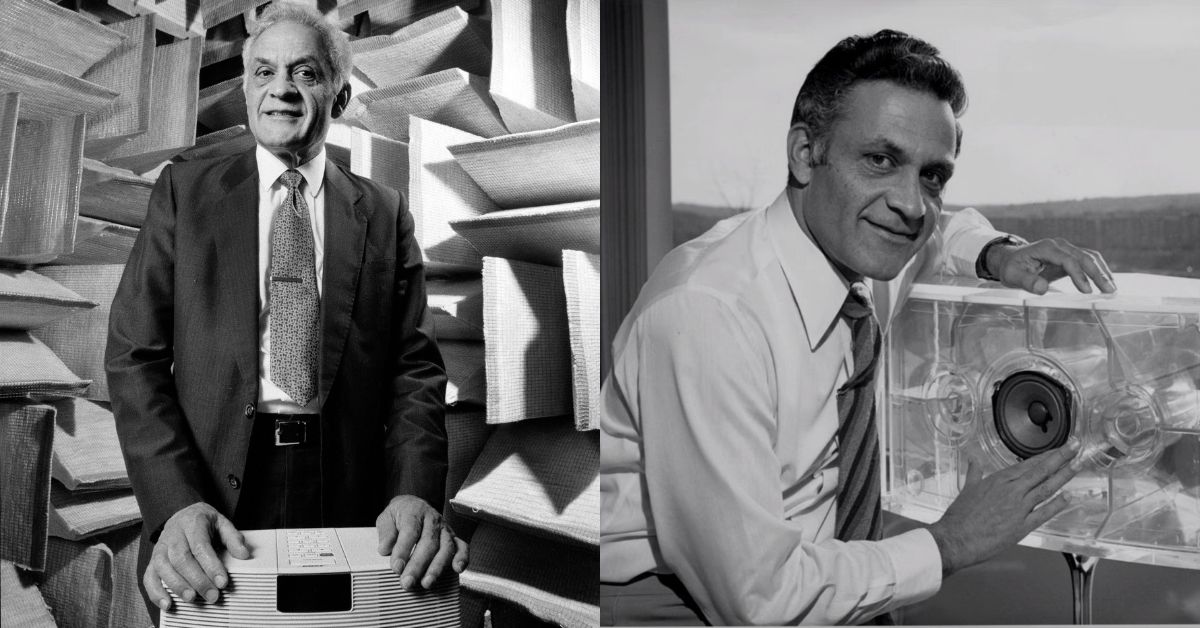
When one thinks of devices that enhance the experience of listening to music, it is rare that the name Bose doesn’t come to mind.
Writer, engineer and MIT president once recalled that Amar Bose, the man who launched what is now among the most well-known audio manufacturing companies of the world was so alluring that his students at the university often “followed him like the Pied Piper. They just went with him.”
True to his statement, Bose was a pioneering professor, entrepreneur and visionary scientist who inspired thousands of students at Cambridge’s Massachusetts Institute of Technology through his teachings, and millions of people around the world through his inventions.
Born in the US to a freedom fighter from Bengal, Bose nurtured a childhood love for electronics, which soon became an integral way for him to support his family after they first escaped to America, in a bid to escape being imprisoned by the British in 1920.
As his parents didn’t have enough money to buy new trains, he would buy scrap ones and fix them. He learnt the art of repairing things from a young age.
During World War II, when his father’s import business was hit, the 13-year-old began a radio repair service.
The ‘key secret’
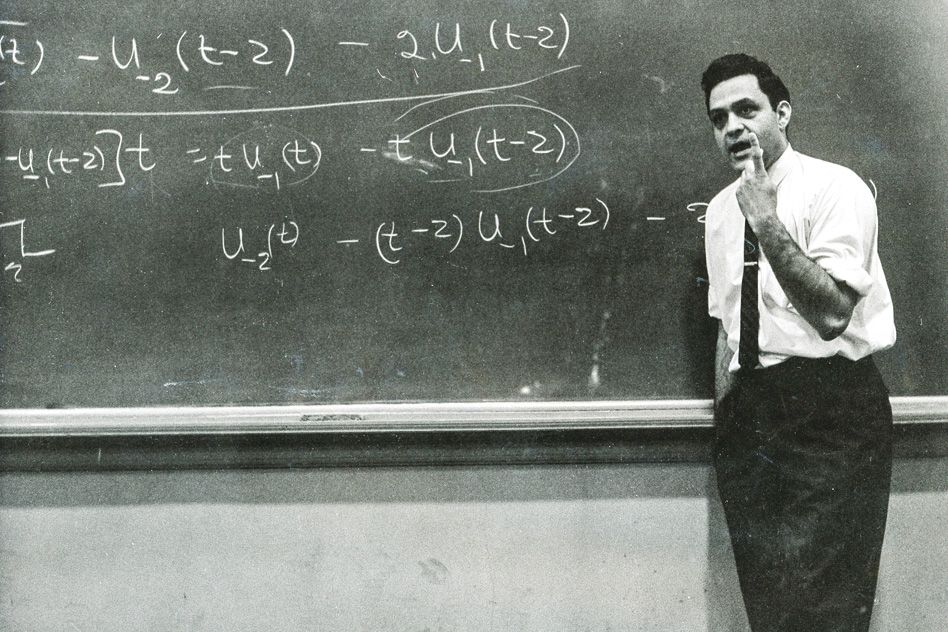
“We put up signs in all the little hardware stores where my father used to sell his imported goods. The signs said, ‘We repair radios’. I had a little pact with my father that if my grades remained good, I could go to school only four days a week, and he would write an excuse saying I had a headache or something. The teachers all knew this — it was always on a Friday and so on Monday, they’d ask me, ‘How many radios did you fix, Bose?’” said Bose.
This small repair business grew to one of the largest in Philadelphia. After mastering repair, the teenager was filled with a burning desire to learn how to design radios and other devices himself.
To learn how, he joined MIT to pursue electronics engineering, for which his father borrowed $10,000. While he understood electronics, he didn’t know calculus. To keep up with the competition at MIT, Bose said he “just studied and studied and studied”. Thanks to his perseverance, he earned a scholarship.
He then completed his PhD at MIT. In his ninth year, he decided to reward himself with a new stereo system. To his disappointment, the system, while with good specifications, had poor sound quality.
“I was so curious to find out why. In the spring of 1956, I went to India to teach on a Fulbright scholarship, and I read about acoustics at night,” he would later recall. This led to a lifetime of research on acoustics and psychoacoustics (the study of how sound is perceived), and the formation of Bose Corporation.
At this time, he was teaching at MIT. Though uninterested in teaching at first, he would later say, “I didn’t have the wisdom to know that I would in fact, really enjoy teaching.” He continued to teach there till 2001.
“What I found out is that there’s one key secret to the whole thing — whatever job you’re given… ask yourself how you can do that job better, in fact, than it has ever been done before,” said Bose in The Gift.
At the university, Bose earned a cult following, with students dubbing his engineering lessons as ‘Life 101’. Students from all disciplines would line up for his classes, which needed a time commitment of 18 to 20 hours a week thanks to his homework.
A lifetime devoted to research
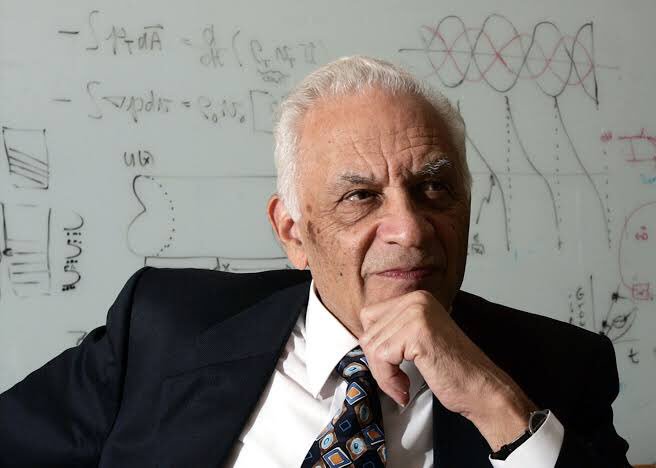
As he became comfortable with teaching, he continued his research and amassed several patents. During this time, he realised that most speakers bean sound directly at the listener. But in concert halls, about 80 per cent of the sound is indirect, i.e, it bounces off walls and ceilings before reaching the audience’s ears.
This learning would form the basis of his research, with Bose noting that he wanted to provide a speaker system that “reflected sound”.
After a nudge from his mentor at MIT YW Lee, Bose formed his eponymous company in 1964. They got contracts to develop power-regulating systems for military jets initially, which funded their research.
The first Bose employee was his student Sherwin Greenblatt, who later became president of the company. The duo would work on government projects during the day and their audio ideas at night.
After years of research, Bose released their first product, the 2201 speaker in 1966.
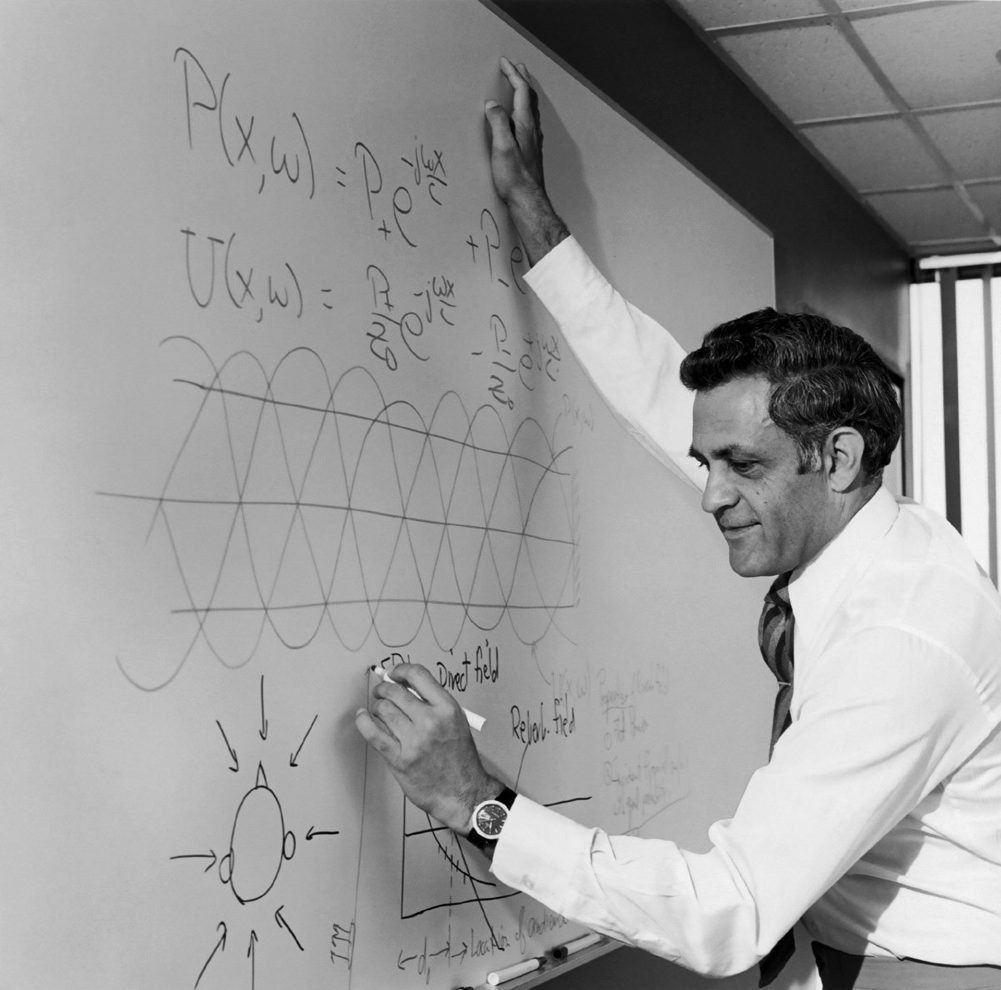
It was shaped like an eighth of a sphere and could be tucked into any corner of a room. The system did away with woofers and incorporated an active equaliser. It had small loudspeakers which aimed at the walls, instead of the listener, to reflect the sound, with an aim to recreate the concert hall effect.
But the device failed to take off. “Everybody liked it but nobody bought it,” said Greenblatt.
As the company faced a crisis, Bose started working on his next device. And then, in 1968, came the Bose 901 Direct/Reflecting speaker system, which remained a best seller for over 25 years.
“You have to have the courage to be different. You can never do anything better unless it’s different,” said Bose
‘We exist to perform innovations.’
After this, his next big invention was the noise-cancelling earphones. Ursula, Bose’s wife, recalled, “On our way back from Europe, we were given actual headphones on the flight, for the first time. Amar was very excited and thought that it might sound decent. However, the sound from the aeroplane was much more than what was coming from the headphones. He immediately took out a pad and pen and started writing equations. By the time we reached Boston, he had the concept of noise-cancelling earphones ready,”
However, the time taken to make this concept work was immense. It took 15 years to develop the QuietComfort noise-cancelling headphones, which are the company’s trademark today. Also, more than $50 million was spent on this innovation at that time.
Today, his noise cancellation system protects astronauts from permanent hearing damage.
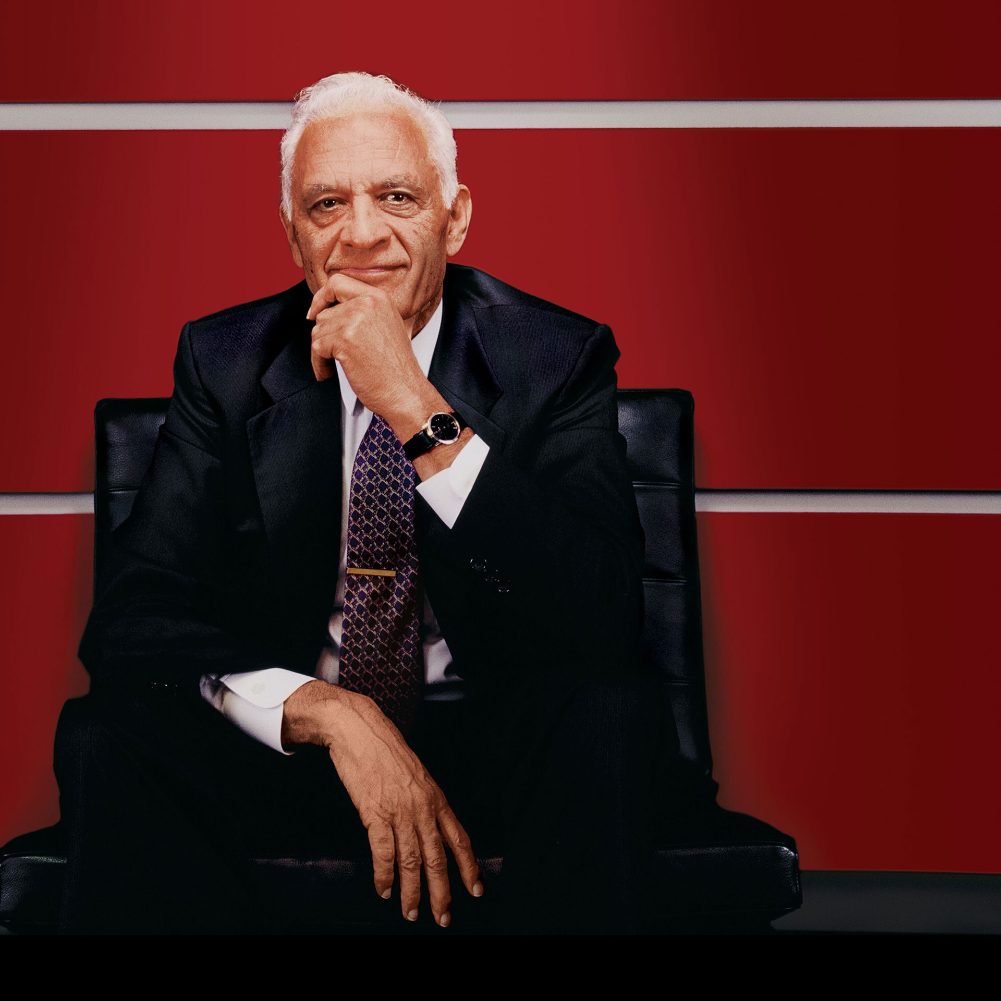
He then worked on custom audio systems for cars, the first being the 1983 Cadillac Seville. He also worked on a suspension system for cars that would enable cars to have smoother rides. It was a secret project called ‘Project Sound’ and Bose worked on it for 24 years. He unveiled the suspension system in 2004.
One of the reasons that Bose was able to focus on innovations is that his company is privately owned, he later said. “One of the best decisions I ever made was keeping the company privately held, so we can take short-term pain for long-term gain. I would have been fired a hundred times at a company run by MBAs. But I never went into business to make money. We exist to perform innovations,” said Bose.
Two years before his death in 2013, Bose donated the majority of the stock of Bose Corporation to MIT; the dividends are to be used for education and research. The shares don’t come with voting rights, and the institute is barred from selling the stock.
Throughout his life, Bose wanted to encourage innovation and research. One of his sayings, which permeates the company today is, “If you think something is impossible, don’t disturb the person who is doing it.” If you found our stories insightful, informative, or even just enjoyable, we invite you to consider making a voluntary payment to support the work we do at The Better India. Your contribution helps us continue producing quality content that educates, inspires, and drives positive change. Choose one of the payment options below for your contribution- By paying for the stories you value, you directly contribute to sustaining our efforts focused on making a difference in the world. Together, let’s ensure that impactful stories continue to be told and shared, enriching lives and communities alike. Thank you for your support. Here are some frequently asked questions you might find helpful to know why you are contributing?

Edited by Divya Sethu, Images Courtesy Bose.com
Sources
The Story of Bose
‘Discover Dialogue: Amar G. Bose’ by Brad Lemley for Discover, Published in October 2004
‘How Amar Bose used research to build better speakers’ by Robert Ferris for CNBC, Published on 24 March 2016
‘Amar Bose, the Man Behind the Headphones’ by Robert Keim for All About Circuits, Published on 25 July, 2022
‘The Curious Genius Of Amar Bose’ by Tom Clynes for Popular Science, Published on 15 July, 2013
This story made me
-
97
-
121
-
89
-
167

















